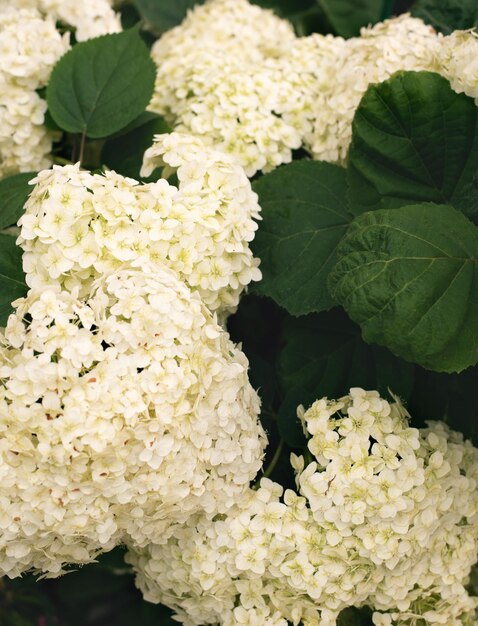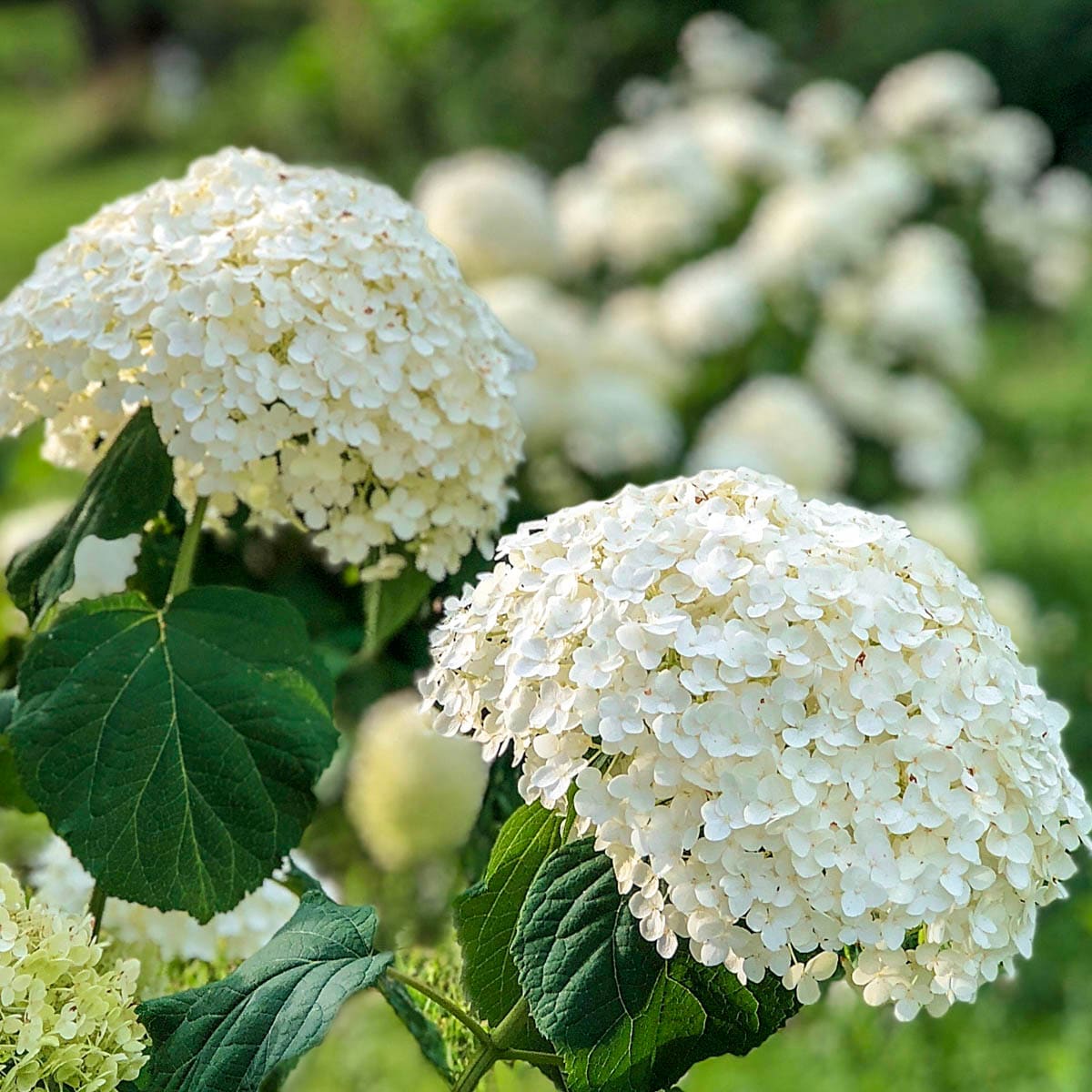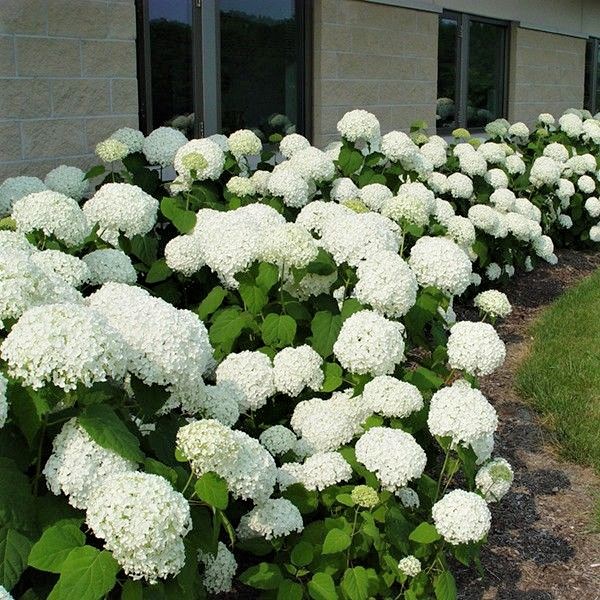The Ultimate Guide To Growing And Caring For Annabelle Hydrangeas
The Ultimate Guide to Growing and Caring for Annabelle Hydrangeas
Annabelle hydrangeas are a popular choice for gardeners because they are easy to care for and produce large, showy blooms. This guide will provide you with everything you need to know to grow and care for Annabelle hydrangeas in your own garden.
Introduction
Annabelle hydrangeas (Hydrangea arborescens 'Annabelle') are a type of deciduous shrub that is native to eastern North America. They are known for their large, creamy white blooms that appear in late spring and early summer. Annabelle hydrangeas are relatively easy to care for and can be grown in a variety of climates.
Light
Annabelle hydrangeas prefer partial sun to full shade. They can tolerate full sun, but they will need more water if they are planted in full sun. If you live in a hot climate, it is best to plant Annabelle hydrangeas in a location that receives morning sun and afternoon shade.
Soil
Annabelle hydrangeas prefer moist, well-drained soil. The soil should be rich in organic matter. If your soil is sandy or clay, you will need to add compost or other organic matter to improve drainage.
Watering
Annabelle hydrangeas need regular watering, especially during the summer months. Water the plants deeply once a week, or more often if the weather is hot and dry.
Fertilizer
Annabelle hydrangeas do not need a lot of fertilizer. A light application of fertilizer in the spring will help the plants to bloom well. You can use a balanced fertilizer, such as 10-10-10, or a fertilizer specifically for hydrangeas.
Pests and Diseases
Annabelle hydrangeas are relatively resistant to pests and diseases. However, they can be susceptible to powdery mildew and leaf spot. If you notice any signs of pests or diseases, treat the plants immediately.
Pruning
Annabelle hydrangeas do not need to be pruned heavily. However, you should deadhead the flowers after they have bloomed. This will encourage the plants to produce more flowers the following year. You can also prune Annabelle hydrangeas in the spring to shape the plants or to remove any dead or damaged branches.
Propagation
Annabelle hydrangeas can be propagated by cuttings. Take cuttings in the spring or summer from healthy, new growth. The cuttings should be about 4-6 inches long. Plant the cuttings in a well-draining potting mix and keep the soil moist. The cuttings should root in about 4-6 weeks.
Conclusion
With proper care, Annabelle hydrangeas will thrive in your garden for many years. These beautiful shrubs will add a touch of elegance to your landscape and provide you with years of enjoyment.
Hydrangea arborescens 'Annabelle' is a popular hydrangea variety that is known for its large, white flowers. It is a relatively easy plant to grow, and it is well-suited for a variety of conditions. If you are thinking about adding an 'Annabelle' hydrangea to your garden, I encourage you to visit . This website has a wealth of information about this plant, including its care requirements, planting instructions, and pest and disease control tips.
In addition to providing detailed information about 'Annabelle' hydrangeas, also offers a variety of other resources that can help you with your gardening. For example, you can find articles on plant selection, garden design, and pest and disease control. You can also browse the website's shop to find plants, seeds, and gardening supplies.
I hope you will visit to learn more about hydrangea arborescens 'Annabelle' and other gardening topics.
FAQ of hydrangea arb annabelle
- Question 1: What is Hydrangea arb annabelle?
- Answer: Hydrangea arb annabelle is a large, deciduous shrub that is native to eastern North America. It is known for its large, white flower heads that bloom in summer. Annabelle hydrangeas are easy to care for and are a popular choice for gardens in USDA zones 3-9.
- Question 2: How do I grow Annabelle hydrangeas?
- Answer: Annabelle hydrangeas grow best in moist, well-drained soil in full sun to partial shade. They are relatively drought tolerant, but they will do best if they are watered regularly during the summer months. Annabelle hydrangeas should be pruned in late winter or early spring.
- Question 3: Why are my Annabelle hydrangeas not blooming?
- Answer: There are a few reasons why your Annabelle hydrangeas might not be blooming. One possibility is that they are not getting enough sunlight. Annabelle hydrangeas need at least 6 hours of sunlight per day to bloom well. Another possibility is that they are not getting enough water. Annabelle hydrangeas should be watered regularly, especially during the summer months. Finally, it is also possible that your Annabelle hydrangeas are not getting enough nutrients. You can fertilize them in early spring with a balanced fertilizer.
- Question 4: How do I deadhead Annabelle hydrangeas?
- Answer: Deadheading Annabelle hydrangeas is important to encourage new blooms. You can deadhead them by simply pinching off the spent flower heads. This will help to keep the shrub looking neat and tidy, and it will also encourage new blooms to form.
- Question 5: How fast do Annabelle hydrangeas grow?
- Answer: Annabelle hydrangeas grow at a moderate rate. They can typically reach a height of 6-8 feet and a width of 4-6 feet after 5 years.
Image of hydrangea arb annabelle
5 different images of "hydrangea arb annabelle" from Pinterest:
- A close-up of a white Annabelle hydrangea flower.

- A full-bloom Annabelle hydrangea shrub, with large, white flowers.
- A cluster of Annabelle hydrangea flowers, with a blue background.

- A Annabelle hydrangea shrub in bloom, with a green background.

- A Annabelle hydrangea shrub in a pot, with a white background.

Post a Comment for "The Ultimate Guide To Growing And Caring For Annabelle Hydrangeas"